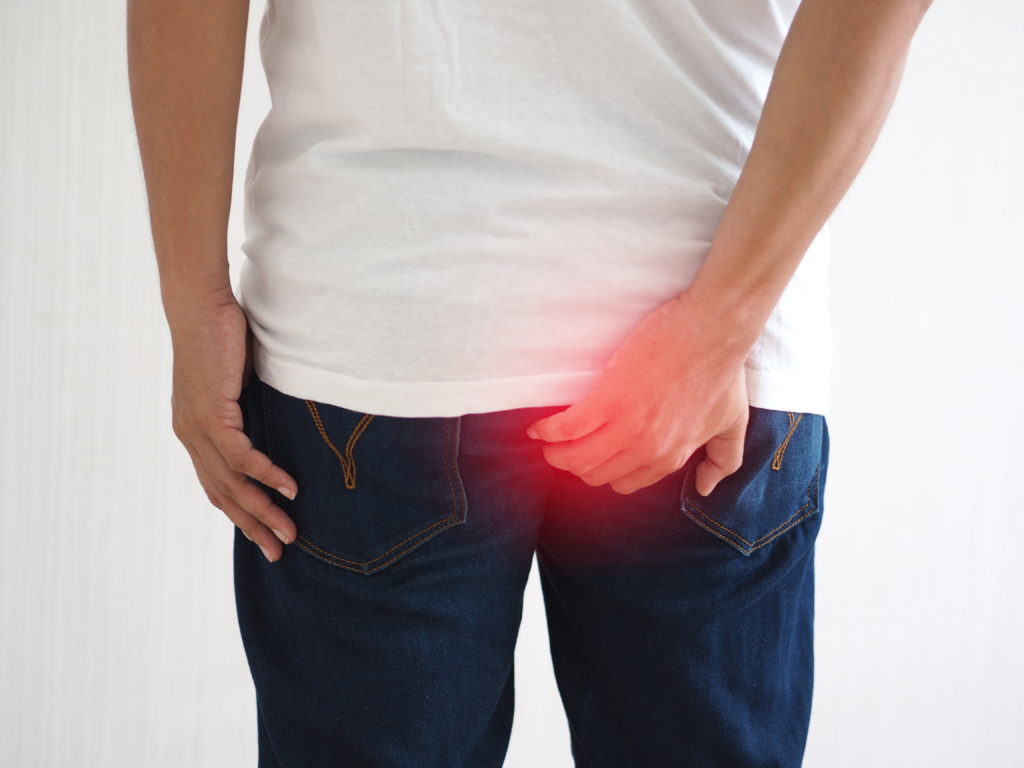Proctology
Laparoscopy
Menu
Worried about developing complications as a result of Fistula? Not if you get in touch with Definite Cure today. We have state of the art facilities and the most experienced doctors to provide the best fistula treatment in India.

When any abnormal connection is formed between any two body parts, it is called a fistula. There are several reasons for the formation of fistula including surgery, injury or even any infection.
Fistulas can form in different parts of the body such as a vein and artery, the colon and your body surface, the anus and the skin, etc. The most common type of fistula is an anal fistula where the glands inside the anus are blocked. This leads to an abscess that develops into a fistula.
The formation of a fistula can lead to extreme pain and discomfort. Seeking early fistula treatment is a must to prevent any complications.
Depending on the type of fistula, the symptoms vary. Common fistula symptoms include pain and discomfort in the affected area. Besides this, there are other symptoms that you should watch out for:
There are several fistula causes and the treatment varies accordingly. The common causal factors are:
Fistula diagnosis and treatment varies as per the causal factor. In some cases, there could be an underlying health issue that needs to be addressed first to remove the fistula.
If the above-mentioned fistula symptoms are persistent, you need to seek medical attention immediately. Fistula diagnosis begins with a simple physical examination that first requires you to answer a few questions pertaining to the duration of the symptoms, the type of symptoms and irregularities in bowel movements in case of an anal fistula.
Fistula treatment usually involves surgical removal of the fistula. There are two common surgical processes that are used in the treatment of fistula:
FiLAC or Fistula Tract Laser Closure: A laser beam is used to remove the fistula completely. Then a 360° laser emission is used to seal the opening of the fistula. This is a minimal access, pain-free alternative to traditional surgical procedures.
In most cases, you need not stay overnight at the hospital. Make sure that you take the pain-killers and antibiotics prescribed by your doctor to prevent infection.
In the case of external fistula such as anal fistula, a warm soak is very beneficial in reducing the pain. Follow up with your fistula specialist after 1-2 weeks to make sure that you are healing well.
Preventive measures of fistula include treatment of any infection or injury completely to avoid the formation of the fistula. Anal fistula prevention includes eating a diet that is rich in fibre, drinking plenty of fluids and keeping the area clean and dry.